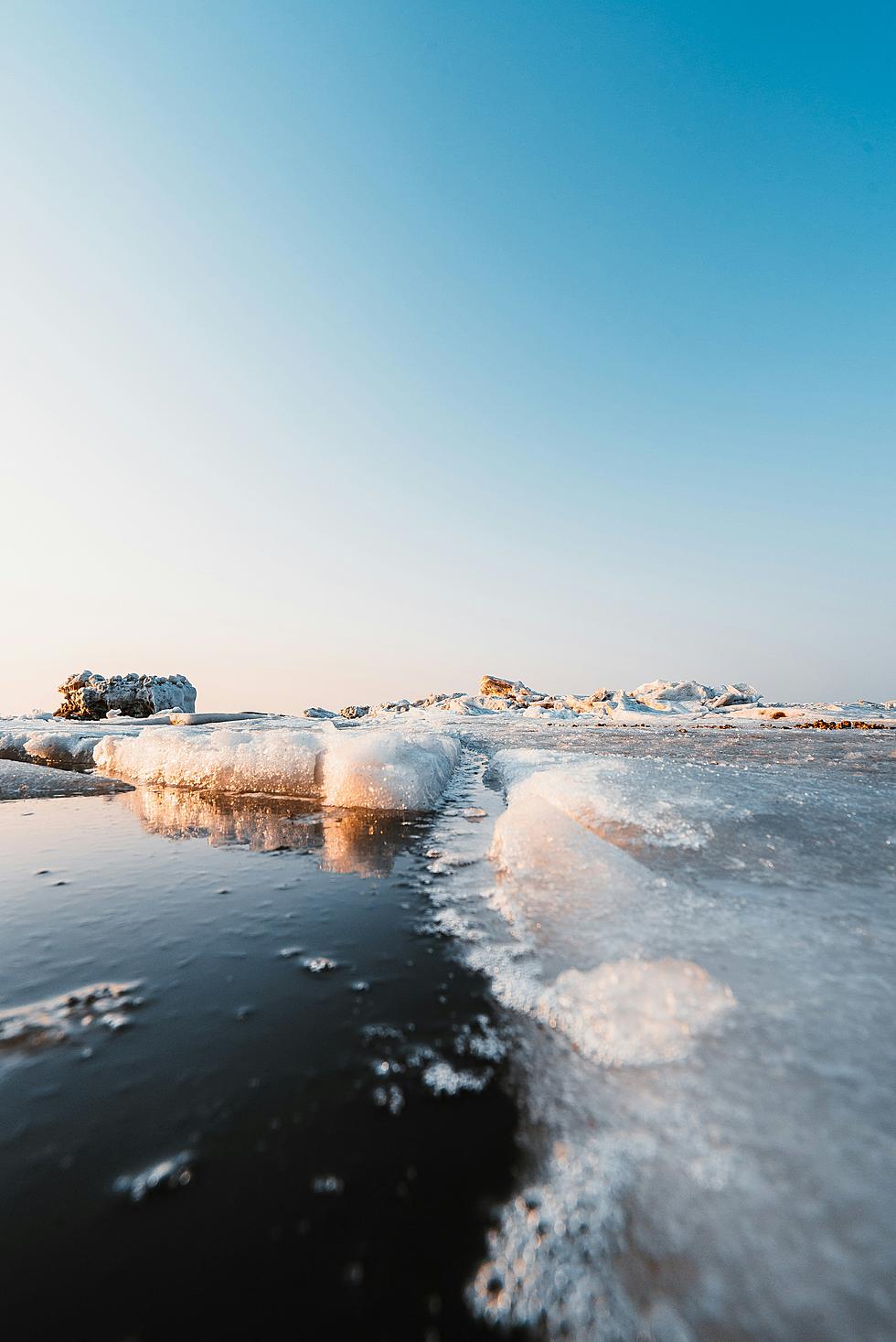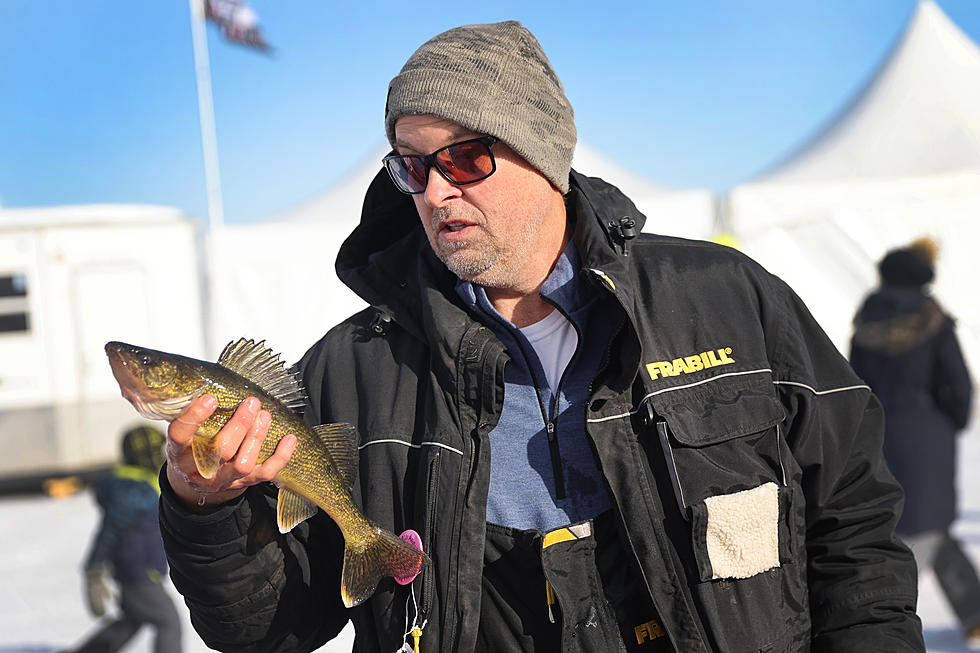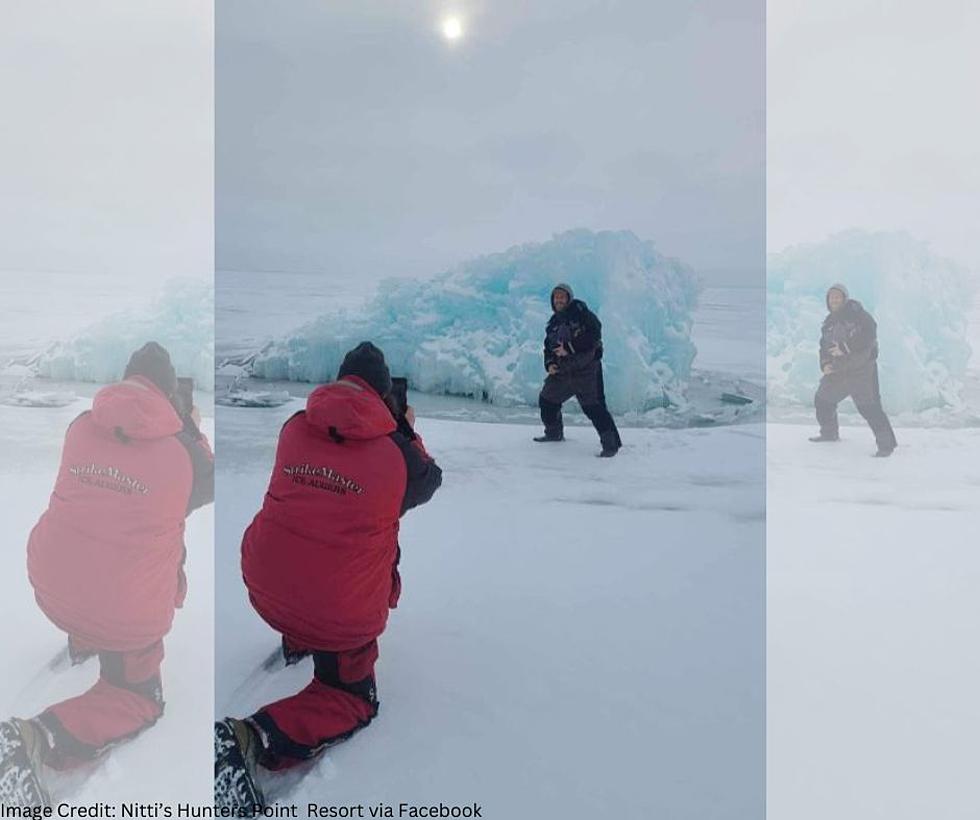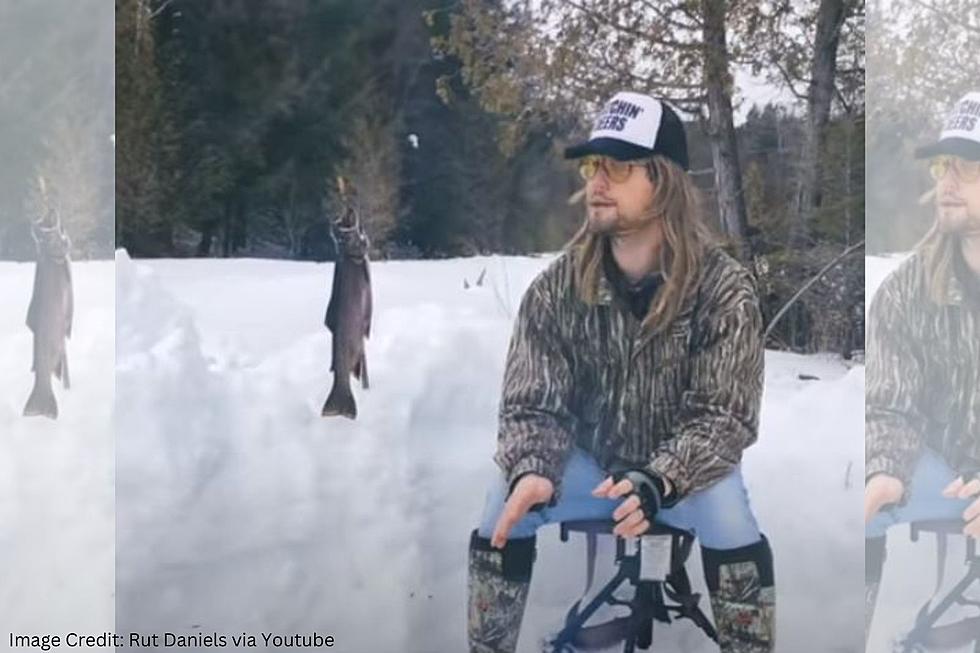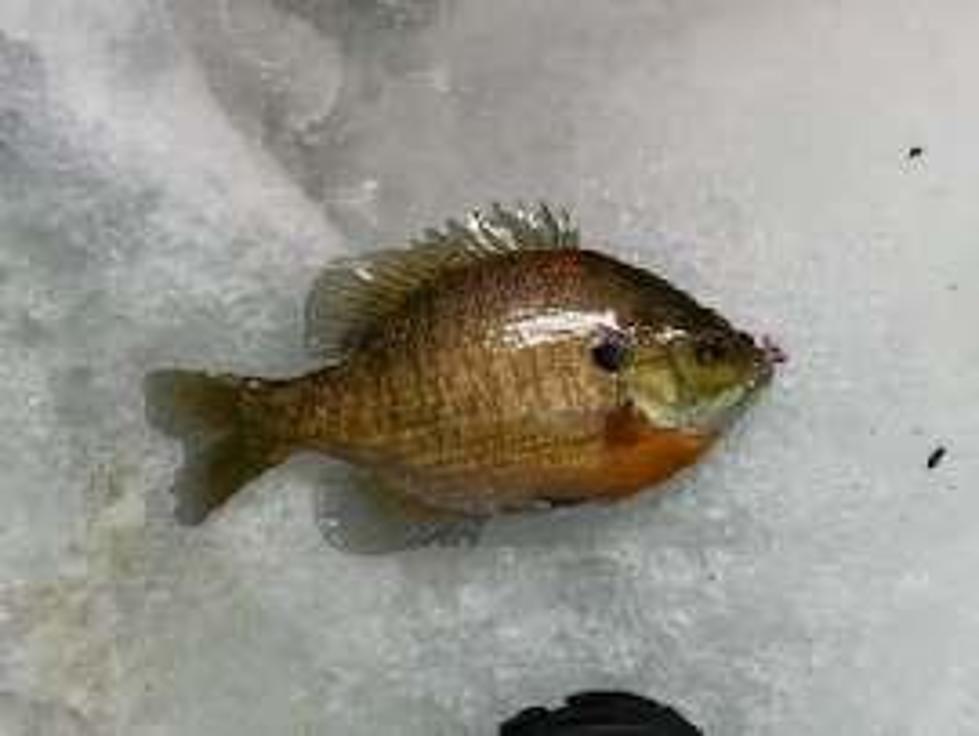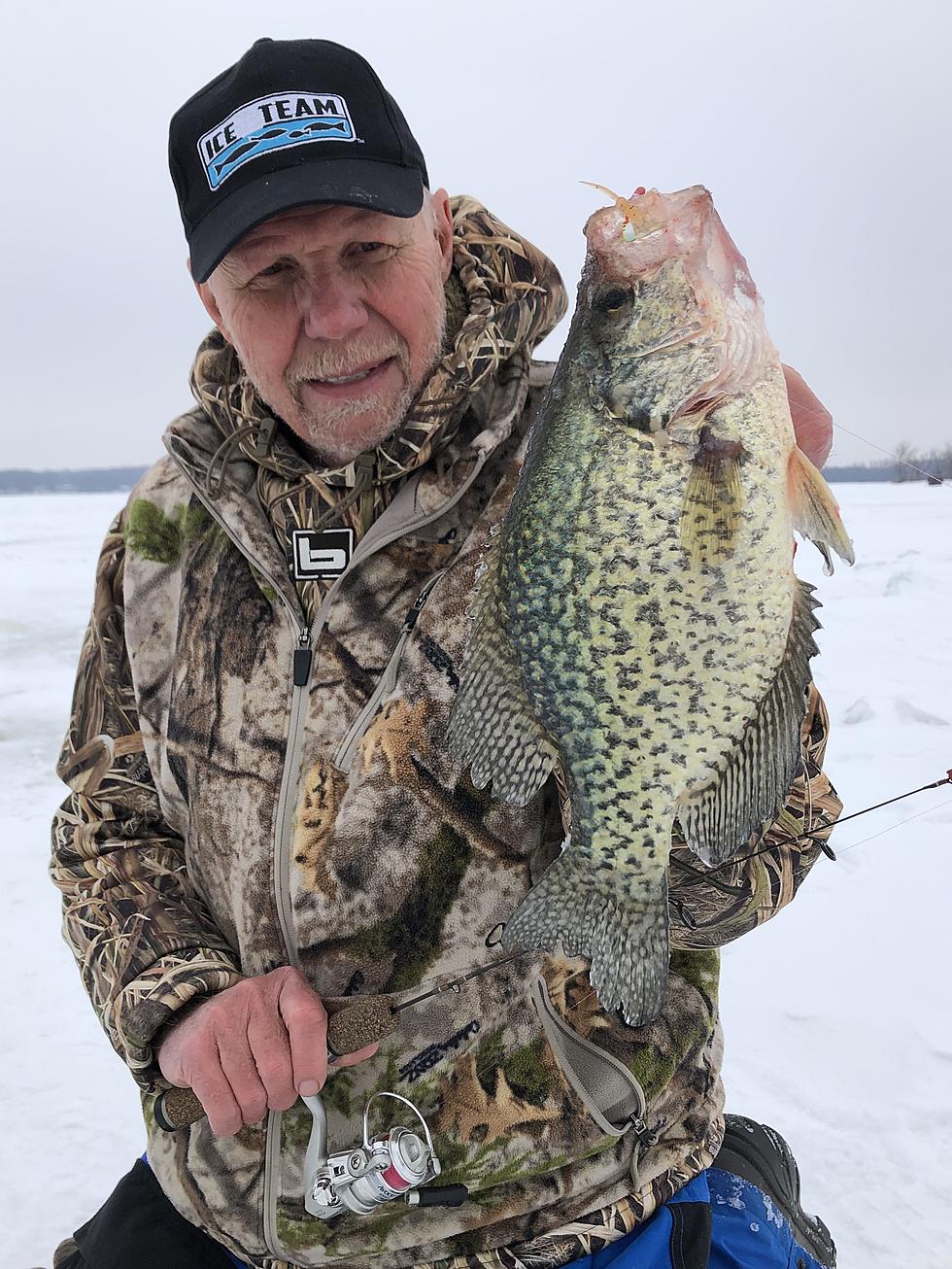
Resisting the Urge to Plop and Drop
I had a dozen holes scattered over the top of a loosely clustered school of crappies. As they moved and wandered, my five gallon bucket and I did, too. It wasn’t fast and furious action, but for midday angling, it was certainly acceptable.
Somewhere along the line, I saw company coming. The deep basin I was fishing was not a secret crappie spot. Soon, a truck pulled up a short distance away from me and several young anglers emptied out.
I was curious to see what their strategy was going to be. While one person fiddled with pulling gear out of the back of the truck, the other two began searching for fish.
They drilled a lot of holes in the process of locating some suspended crappies, but eventually found what they wanted and set up a large portable house. It didn’t take long before I heard some whooping and hollering and knew they were catching fish.
It was a half hour later when another vehicle pulled up to the basin. In contrast to the first group, they never bothered to look for fish. This couple drilled four holes, set up their portable and began fishing. Not surprisingly, there was no celebratory commotion that came from this fish house. This couple had fallen into the “plop and drop” trap.
The “plop and drop” is a term I use to describe situations where people don’t take the time to search for fish before setting up camp. They pick a spot, plop down on the ice and drop a jig in hopes of something being in their location. It is a dangerous habit to fall into.
This is especially true for those that are fishing during the daylight hours. Once evening rolls around, plop and drop anglers may have a better chance at deep basin crappies as they tend to move around more in the low light period.
If there is one fact I constantly share with panfish anglers, it is the need to find fish before you begin fishing. I understand that sometimes a person can wait them out to some degree. However, you absolutely cannot catch fish that aren’t there.
If conditions are right, I do utilize the system of pouring water on the ice and then shooting a reading through the ice by placing the transducer in the puddle of water. This is a simple but effective procedure. Too much snow or rough ice makes this process trickier.
Drilling holes to look for fish is always an option. However, if the ice is thick, this is a slow process that is also a lot of work.
Lately, I have been using a Garmin LiveScope to assist in finding fish. Although this unit is spendy, it is quite impressive and does save time and effort in locating fish of all species.
Many new people are joining the ranks of winter anglers which I think is fantastic. Ice fishing is a great pastime. I just hate to see people fall into the plop and drop trap and rarely catch fish. It is hard to stay enthusiastic about ice angling if limited success is involved.
Taking the time to search for fish is part of the winter strategy. Like I said earlier, you cannot catch fish that are not there.
More From 96.7 The River
